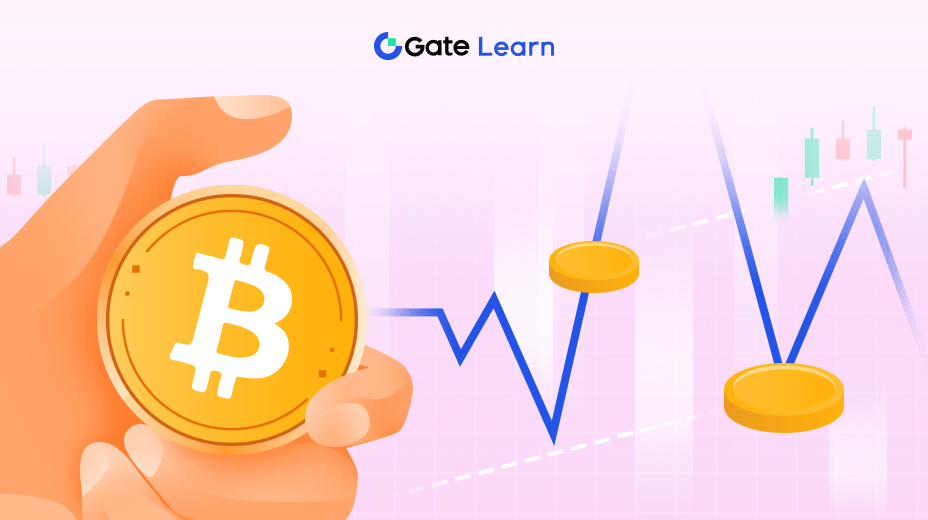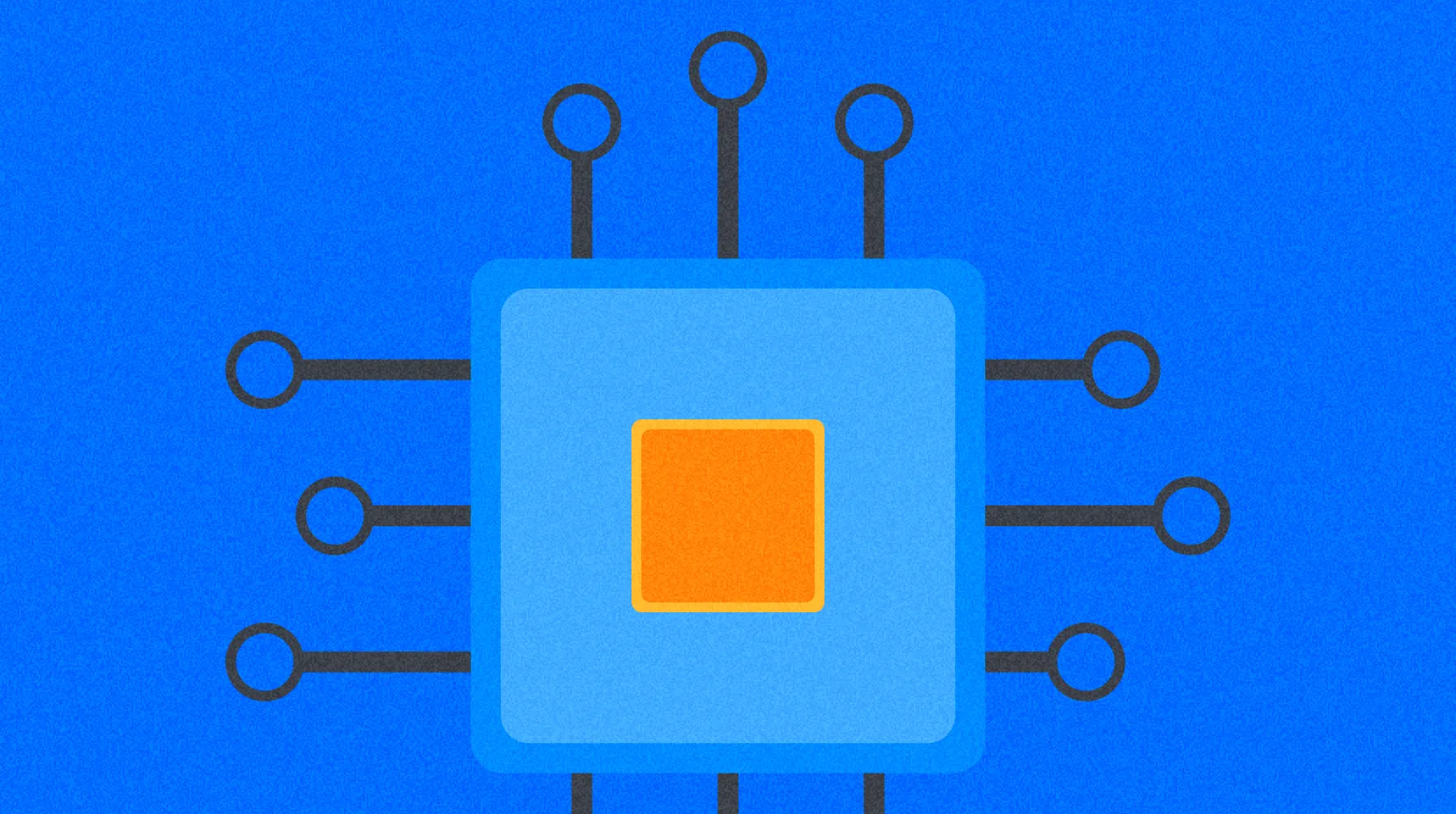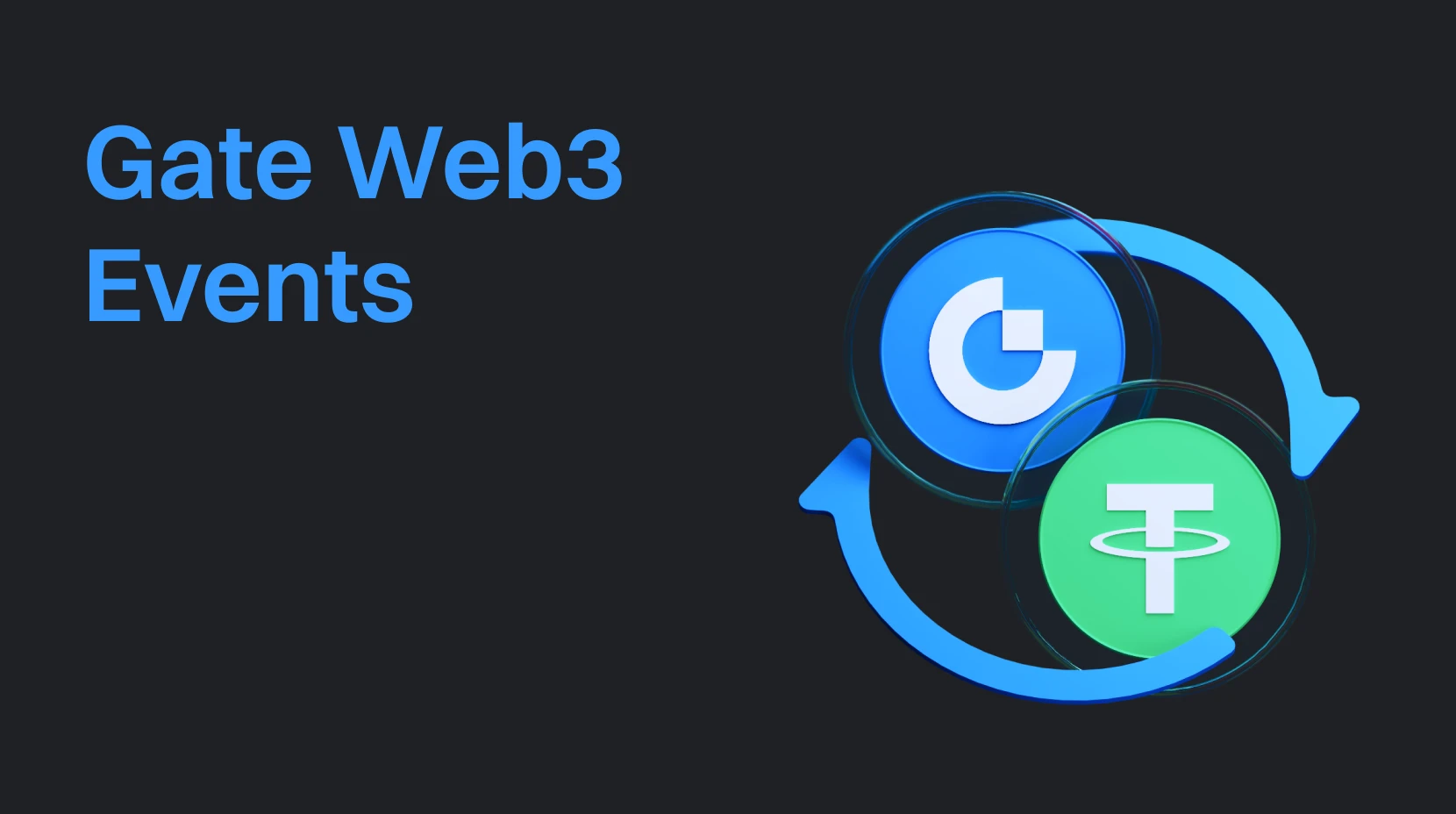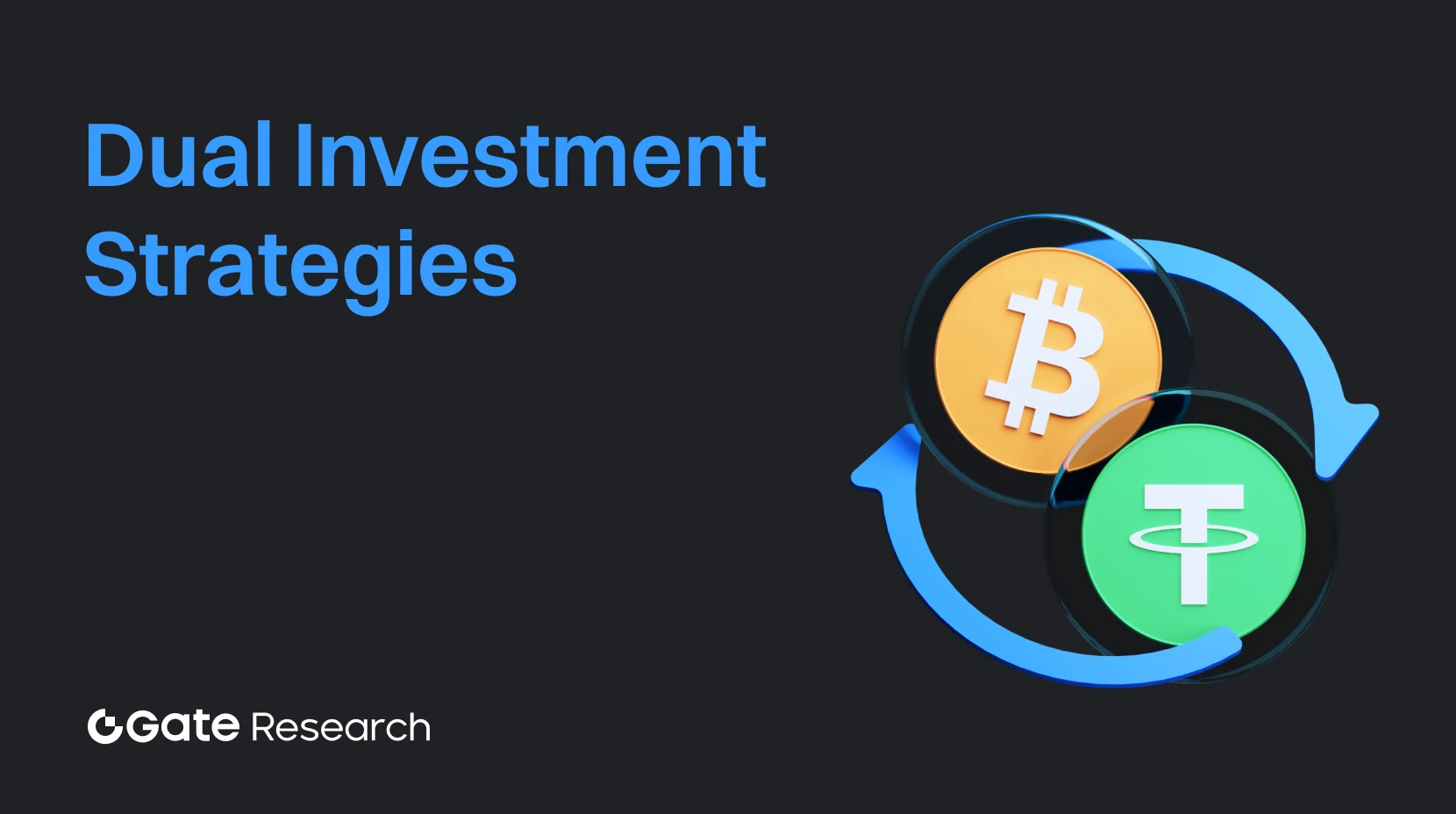注目のコース
その他の推奨事項
中級
テクニカル分析:Futures取引におけるトレンドを把握するための有効な手段
ローソク足パターンを把握して市場トレンドを見極めましょう。テクニカル分析システムを構築し、根拠ある取引判断につなげます。

上級
取引の精度向上に役立つツール:移動平均線、トレンドライン、インジケーター
すべての状況に当てはまる取引ルールはありません。これらのコースを通じて、ご自身の取引戦略を構築し、実践によって検証・改善していくことが可能です。

中級
マスターノードトークンの紹介
「マスターノードトークン入門」コースへようこそ! この包括的なコースは、マスターノードトークンと暗号通貨エコシステムにおけるその重要性を深く理解できるように設計されています。 初心者でも経験豊富な暗号愛好家でも、このコースでは、マスターノードの世界をナビゲートし、人気のあるマスターノードベースの暗号通貨を探索し、マスターノードネットワークの背後にある基本的な概念を探求するための知識とスキルを身に付けます。 マスターノードトークンの内部構造を掘り下げ、分散型金融の未来を形作る上でマスターノードトークンが持つ可能性を解き放ちながら、このエキサイティングな旅に参加してください。
トピック別に学習
件名
アルトコイン
ビットコイン
ブロックチェーン
DeFi
イーサリアム
メタバース
NFT
取引
チュートリアル
Futures
クオンツ取引
BRC-20
GameFi
DAO
マクロトレンド
ウォレット
Inscription
テクノロジー
「ミーム」
AI
SocialFi
DePin(ディーピン)
ステーブルコイン
リキッド・ステーキング
金融
RWA
モジュラー型ブロックチェーン
ゼロ知識証明
「リステイキング」
「暗号資産ツール」
「エアドロップ」
「Gateの商品」
セキュリティ
プロジェクト分析
CryptoPulse
リサーチ
TONエコシステム
Layer 2
Solana
支払い
マイニング
注目のトピック
P2P
Suiエコシステム
チェーン抽象化
オプション
クイックリード
ビデオ
デイリーレポート
市場予測
取引ボット
VIP ウィークリー業界レポート
ETFレバレッジトークン
トップストーリー
XRP
Pi Network
VIP デイリー業界レポート
インデプスリサーチ
Gate Ventures
ウィークリーレポート
投資ニュース
無期限DEX
Web3入門
Tron
基準
プロトコル
DApp
暗号資産カード
BNBチェーン
Gateプライベート・ウェルス・マネジメント
プラットフォーム要聞
ブランド動画
商品チュートリアル動画
難易度
初級編
中級
上級
最新コース
その他の推奨事項
中級
ゼロ知識コプロセッサ入門
Zero-Knowledge Coprocessors(ZK Coprocessors)は、オフチェーン計算とオンチェーン検証を融合させた、ブロックチェーン技術の最新の発展です。これにより、ブロックチェーンはセキュリティや分散性を損なうことなく、複雑または大規模なデータ処理が可能となります。ZK Coprocessorsは暗号学的証明を生成することで、オフチェーンで実行された計算の正当性を保証し、オンチェーンでの再実行を不要にします。
本コースでは、ZK Coprocessorsの基本概念や暗号学的基盤から、実際の応用事例、さらに将来的な研究の方向性まで、幅広く解説します。初心者および経験豊富なブロックチェーン開発者の双方に向けて、この新たな分野への理解を深めることを目的としています。

中級
取引戦略および投資戦略
暗号資産投資の学習過程において重要なステップである「トレーディングおよび投資戦略」へようこそ。本コースでは、効果的なトレーディングや投資戦略の構築方法、暗号資産市場におけるリスクとチャンスの捉え方、および投資ポートフォリオ運用の基本手法を習得しましょう。リスク管理、ポジション管理、トレーディング心理、市場のサイクルといった観点から、投機的なアプローチから戦略的な投資への転換を支援します。

上級
ステートレスイーサリアムへの導入とVerkleツリーについて説明します
イーサリアムのステートレスクライアントへのロードマップは、その誕生以来最も重要なプロトコル変更の1つを示します。状態サイズが拡大し続ける中、フルノードはストレージと同期の負担が増大し、分散化とアクセス性が脅かされています。ステートレスイーサリアムは、ノードが全状態を保持する代わりに、コンパクトな暗号学的証明を使用してブロックを検証する新しい検証モデルを提案します。このアプローチの中心にあるのがVerkleツリーであり、これは証明サイズを大幅に削減し、効率的なステートレス検証を可能にするデータ構造です。このコースでは、この変革について理論的基盤と実際の実装の両方を網羅的に理解できるようにします。
最新記事
その他の推奨事項
初級編
Gate Perp DEX クリスマス取引トレジャーハント—今すぐ参加して30,000 USDTを山分けしよう
クリスマスを記念し、Gate Perp DEXは新規ユーザー向けに期間限定で「Christmas Fantasy Trading Journey」イベントを開催します。複数の取引報酬やリーダーボードチャレンジが提供されます。
12-16-2025, 9:48:22 AM

上級
 Gate Research:Mは今週46%超の上昇、Stableはメインネットローンチ後も市場の期待に及ばず|Gate VIP向け週間レポート
Gate Research:Mは今週46%超の上昇、Stableはメインネットローンチ後も市場の期待に及ばず|Gate VIP向け週間レポート
Gate Research:BTCは$94,000突破後に急落し、$90,000~$91,000のゾーンがサポートからレジスタンスへ転換しました。ETHは$3,400付近から反落しましたが、$3,000以上で堅調に推移しています。Mは先週46.63%超の上昇を記録し、最も高いパフォーマンスを示したトークンとなりました。Hyperliquidは約$190百万の純流入で圧倒的なリードを見せており、オンチェーンパーペチュアル、高頻度取引、資本効率の高いインフラへの市場の強いコンセンサスがうかがえます。メインネットローンチ後、ステーブルコイン特化型チェーンStableは期待されたストーリーに届かず、今後はアプリケーションの採用と実用的なユースケースが鍵となります。
12-16-2025, 9:40:14 AM

上級
Gate Research:RippleがRLUSDをEthereum Layer 2ネットワークに拡大 | Visaがステーブルコインアドバイザリーサービスを開始
Gate Research Daily Report: 暗号資産市場は一時的に反発を試みましたが、価格は主要なレジスタンス水準を明確に回復できませんでした。過去24時間でBitcoinは弱含みが続き、徐々に主要な需給ゾーンまで後退しています。ETHは重要な心理的水準であるUSD 3,000を下回りました。テクニカルブレイクアウトによってACEは過去24時間で22%上昇し、FHEは同期間に98%急騰しました。FHEの最近の上昇は、Chainlinkが新たに公開したFHEプライバシーブリッジが主な要因です。Visaはステーブルコインアドバイザリーサービスの開始を発表しました。RippleはRLUSDをEthereum Layer 2ネットワークへ拡大する計画を明らかにしました。CircleはAxelarの初期開発チームInterop Labsとその知的財産の買収を発表しました。
12-16-2025, 6:31:19 AM
最新の研究
その他の推奨事項
上級
 Gate Research:Mは今週46%超の上昇、Stableはメインネットローンチ後も市場の期待に及ばず|Gate VIP向け週間レポート
Gate Research:Mは今週46%超の上昇、Stableはメインネットローンチ後も市場の期待に及ばず|Gate VIP向け週間レポート
Gate Research:BTCは$94,000突破後に急落し、$90,000~$91,000のゾーンがサポートからレジスタンスへ転換しました。ETHは$3,400付近から反落しましたが、$3,000以上で堅調に推移しています。Mは先週46.63%超の上昇を記録し、最も高いパフォーマンスを示したトークンとなりました。Hyperliquidは約$190百万の純流入で圧倒的なリードを見せており、オンチェーンパーペチュアル、高頻度取引、資本効率の高いインフラへの市場の強いコンセンサスがうかがえます。メインネットローンチ後、ステーブルコイン特化型チェーンStableは期待されたストーリーに届かず、今後はアプリケーションの採用と実用的なユースケースが鍵となります。
12-16-2025, 9:40:14 AM

上級
Gate Research:RippleがRLUSDをEthereum Layer 2ネットワークに拡大 | Visaがステーブルコインアドバイザリーサービスを開始
Gate Research Daily Report: 暗号資産市場は一時的に反発を試みましたが、価格は主要なレジスタンス水準を明確に回復できませんでした。過去24時間でBitcoinは弱含みが続き、徐々に主要な需給ゾーンまで後退しています。ETHは重要な心理的水準であるUSD 3,000を下回りました。テクニカルブレイクアウトによってACEは過去24時間で22%上昇し、FHEは同期間に98%急騰しました。FHEの最近の上昇は、Chainlinkが新たに公開したFHEプライバシーブリッジが主な要因です。Visaはステーブルコインアドバイザリーサービスの開始を発表しました。RippleはRLUSDをEthereum Layer 2ネットワークへ拡大する計画を明らかにしました。CircleはAxelarの初期開発チームInterop Labsとその知的財産の買収を発表しました。
12-16-2025, 6:31:19 AM

上級
Gate Research:オプション売却およびBitcoinデュアル投資戦略
デュアルカレンシー投資は、シンプルな構造と透明性の高いリターンが評価される一方、市場には体系的かつサイクルベースの定量的な最適エントリーポイント分析が不足しています。本研究は、4つのステップでバックテストフレームワークを構築しました。最初に、トレンドと標準偏差を使ってBitcoin市場サイクルを区分します。次に、Bitcoinのインプライド・ボラティリティ(IV)が上昇・下落両局面に反応し、効果的なエントリーシグナルとなることを検証します。三番目に、市場フェーズに応じた「安値買い・高値売り」ルールを確立します。最後に、簡易Black-ScholesモデルによりデュアルカレンシーAPRを推定します。結果として、「IVベースのエントリー+サイクル駆動の方向性」というデュアルファクターフレームワークは、ボラティリティ・プレミアムを的確に捉え、特にレンジ相場で高いパフォーマンスと安定したリターンを実現し、再投資にも適していることが示されました。これにより、デュアルカレンシー投資戦略の体系化に向けた実践的な道筋が明確になりました。
12-15-2025, 9:57:34 AM
用語集
その他の推奨事項年率換算収益率
年間利率(APR)は、複利計算を含まずに、1年間で得られる利息や支払利息の割合を示す金融指標です。暗号資産分野では、APRは貸付プラットフォームやステーキングサービス、流動性プールでの年間利回りやコストを評価するための指標として用いられ、投資家がさまざまなDeFiプロトコルの収益性を比較する際の標準的な基準となっています。
FOMO
投資家が十分な調査をせずに性急な投資判断をしてしまう心理状態は、FOMO(Fear of Missing Out、機会損失への恐怖)と呼ばれます。特に暗号資産市場では、SNS上の盛り上がりや急激な価格上昇がきっかけとなり、投資家が感情に基づいて行動しやすくなります。その結果、非合理的な価格評価や市場バブルが発生しやすい傾向があります。
NFT
NFT(Non-Fungible Token)は、ブロックチェーン技術を基盤とした独自性を持つデジタル資産です。各トークンは固有の識別子と交換不可能な特徴を備えており、BitcoinなどのFungible Token(代替性トークン)とは根本的に異なります。NFTはスマートコントラクトによって生成され、ブロックチェーンに記録されることで、所有権・真正性・希少性を検証できます。主な用途として、デジタルアート、コレクション、ゲーム資産、デジタルアイデンティティなどがあります。
レバレッジ
レバレッジとは、トレーダーが借入資金を活用して取引ポジションの規模を拡大する金融戦略です。これにより、実際の資本以上の市場エクスポージャーを拡大できます。暗号資産取引では、マージントレーディング、パーペチュアル契約、レバレッジトークンなど多様な手法でレバレッジが利用されており、1.5倍から125倍までのレバレッジ倍率を選択できます。一方で、強制清算リスクや損失拡大のリスクもあります。


暗号資産の世界へのGateウェイ、Gateに購読して新たな視点を手に入れましよう
